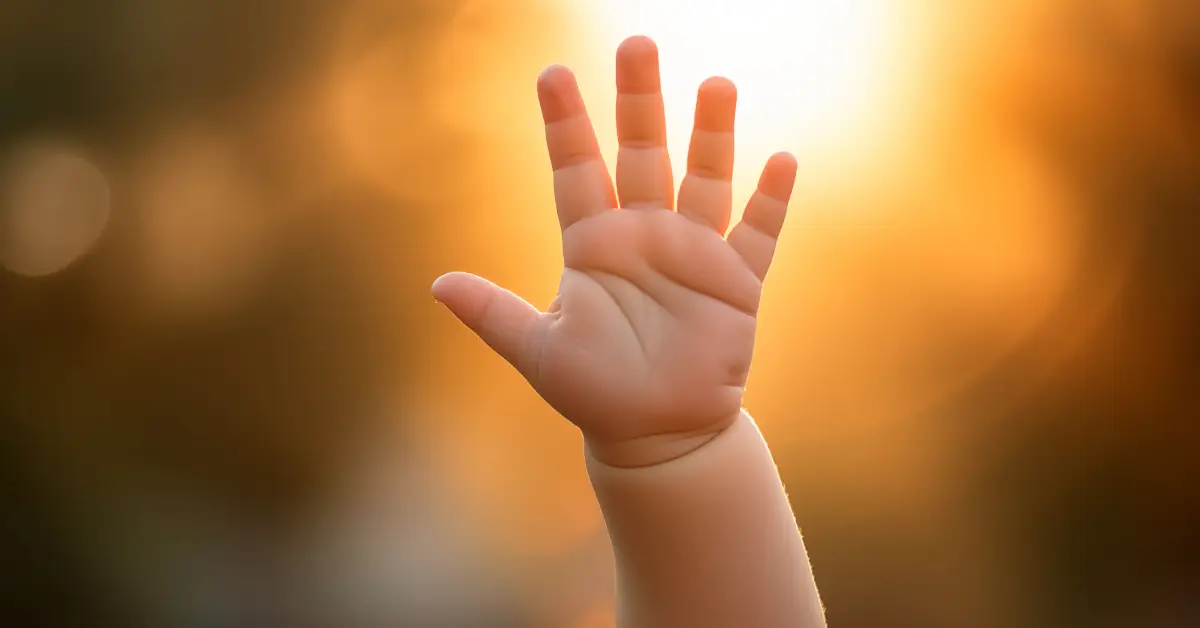Watching the grandkids interact with the world is one of my favorite things about taking them anywhere. I love to experience places and people through their perceptions and witness how they handle themselves in these unusual circumstances. Jameson has never known a stranger. From the time he was a toddler, he would say hello to people as they passed, primarily through Costco’s aisles. He would repeat repeatedly, “Hi, I’m Jameson. What’s your name?”
Charlotte was a little more reserved as a toddler. She was born at the very beginning of the 2020 Pandemic and didn’t go out in public until she was several months old. I still remember Sierra telling the story of her first experience with Target. She loved the bright lights but was distressed seeing her mother in a mask.
Now that the kids are older, their behavior is fairly predictable. Jameson will engage adults quickly and seek out a hug, while Charlotte tends to pay more attention to children. They are both friendly and talkative, but they are not always met with a warm and welcoming response. So now, I watch other people’s reactions to my grandchildren like I’m conducting a social experiment.
In the 1980s, our society introduced the “Stranger Danger” concept to protect children from being abducted. Looking back, the increased fear and anxiety were highly exaggerated and blown out of proportion by the media. Children were much less likely to be kidnapped than in the decades before. (And strangers do not commit the majority of child abductions.) Unfortunately, fear sells stories and responsible parents began to warn their kids about the dangers of talking to strangers.
The unforeseen consequence of this action is that we raised an entire generation of people who do not know how to talk to strangers. Therefore, they don’t have the tools to transform strangers into acquaintances, friends, clients or customers. And this was only the beginning of the impact on our society. We are still witnessing the effects of increased fear and mental illness among children and young adults. Not only do we have kids who don’t know how to engage, but we also have adults who are afraid to interact with children they don’t know. If an adult tries to speak to a child, they may be deemed inappropriate or creepy, even when the words are positive and affirming.
Our most impactful form of communication is through our body language. Most of this silent interaction is intuitive as human beings, but we do learn as we engage with others around us. Even if we are not conscious or fully aware of the signals or “vibe,” we intuitively know what is appropriate. I’ve seen this firsthand with the kids. It breaks my heart when they reach out to someone with kindness, and their good intentions are met with negative feedback. Even when they are confident in the attempt, each negative response builds their defenses a little higher and higher. And each interaction gives them more data about the world and people around them.
So the next time a little kid waves to you in the parking lot or asks your name at Costco, do me and society a favor; stop, listen and respond with kindness. Even a simple smile goes a long way. Don’t worry about what others will think. If your response is with kindness, you can’t go wrong. Let’s see if we can turn the tide. This is the beginning of how we move from hate to love.
PS – Here are some of my favorite books on this subject.
The Coddling of the American Mind: How Good Intentions and Bad Ideas Are Setting Up a Generation for Failure
The Anxious Generation: How the Great Rewiring of Childhood Is Causing an Epidemic of Mental Illness
